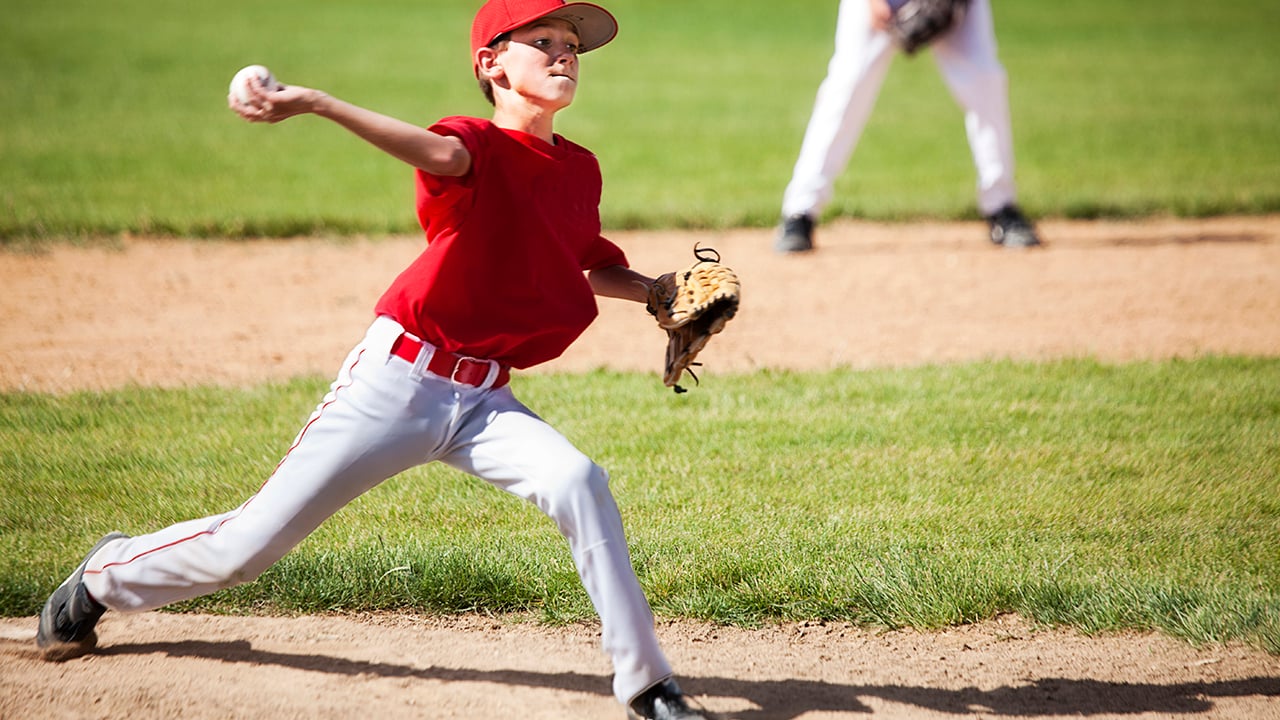- Doctors & Departments
-
Conditions & Advice
- Overview
- Conditions and Symptoms
- Symptom Checker
- Parent Resources
- The Connection Journey
- Calm A Crying Baby
- Sports Articles
- Dosage Tables
- Baby Guide
-
Your Visit
- Overview
- Prepare for Your Visit
- Your Overnight Stay
- Send a Cheer Card
- Family and Patient Resources
- Patient Cost Estimate
- Insurance and Financial Resources
- Online Bill Pay
- Medical Records
- Policies and Procedures
- We Ask Because We Care
Click to find the locations nearest youFind locations by region
See all locations -
Community
- Overview
- Addressing the Youth Mental Health Crisis
- Calendar of Events
- Child Health Advocacy
- Community Health
- Community Partners
- Corporate Relations
- Global Health
- Patient Advocacy
- Patient Stories
- Pediatric Affiliations
- Support Children’s Colorado
- Specialty Outreach Clinics
Your Support Matters
Upcoming Events
Mental Health Town Hall
Tuesday, April 23, 2024Join Children’s Hospital Colorado pediatric experts for a virtual...
-
Research & Innovation
- Overview
- Clinical Trials
- Q: Pediatric Health Advances
- Discoveries and Milestones
- Training and Internships
- Academic Affiliation
- Investigator Resources
- Funding Opportunities
- Center For Innovation
- Support Our Research
- Research Areas

It starts with a Q:
For the latest cutting-edge research, innovative collaborations and remarkable discoveries in child health, read stories from across all our areas of study in Q: Advances and Answers in Pediatric Health.


We care for patients’ growing muscles, joints and bones through sports medicine, surgery, rehabilitation and research.

Why are we experts at caring for young athletes who play baseball?
At the Sports Medicine Center at Children’s Hospital Colorado, we understand the physical demands of baseball players, also known as “throwing athletes.” When treating this highly vulnerable group of athletes, something as simple as shoulder pain can actually be caused by a multitude of injuries.
Because we understand the way kids grow, move and even the way they play ball, we’re able to diagnose injuries and develop a treatment plan to get your child back on the field. We also teach appropriate throwing patterns and correct throwing faults to help ensure a safe return to the sport.
What is baseball’s impact on the body?

The throwing motion in baseball can result in both acute and chronic injuries that change as the child ages. The growth plate is the most vulnerable tissue in younger throwers, resulting in injuries to the elbow (known as “little league elbow”) and the shoulder (known as “little league shoulder”). As the child achieves skeletal maturity, those injuries may progress to ligament, tendon or muscle injuries.
Injuries in baseball are not limited to the shoulder, however. Knee pain, particularly in catchers, and traumatic injuries may also occur.
Most of all, with the popularity of year-round training, overuse is becoming the main cause of injury, accounting for 50% of all injuries.
Who gets baseball injuries?
Both boys and girls are prone to shoulder and elbow injuries in baseball. The age of the athlete has a profound effect on the injuries. For example, little league elbow is most prevalent before skeletal maturity, around 14 years old. Little league shoulder is more prevalent from 11 to 17 years of age.
What are common baseball injuries and conditions?
At Children’s Colorado, we frequently see young baseball players with:
- Little league elbow
- Little league shoulder
- Ankle sprains
- Concussions
- Muscle strains
- General overuse injuries
Quick tips for parents
As you work to protect your young athlete from getting hurt, keep an open line of communication with the coach and look for signs of overuse before they become injuries.
Resources for baseball coaches
- Be sure your team does a good dynamic warm-up before practice or a game.
- Adhere to the accepted and published guidelines for pitch count, days rest and maximal pitches per day. These recommendations should be followed to best protect your throwing athletes.
- As with any sport, it is important to encourage athletes to communicate soreness and strains so you can triage and direct them to the appropriate medical care if required.
Need Advice for Your Young Athlete?
Check out our sports articles, written by our Sports Medicine experts. You'll find advice and tips for parents, coaches, trainers and young athletes.



 720-777-0123
720-777-0123



